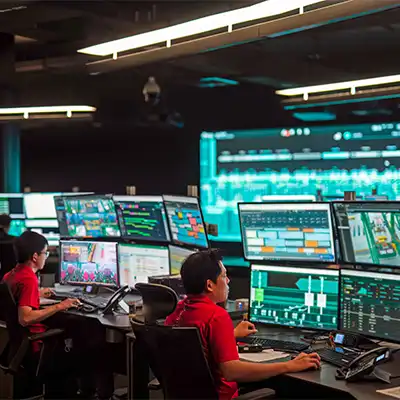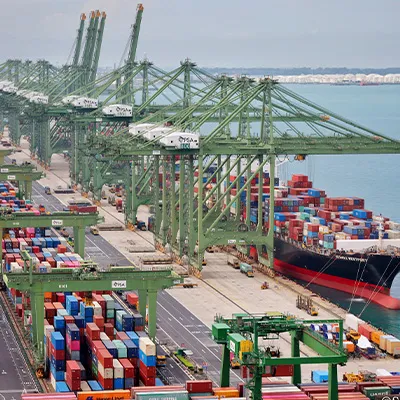German logistics company DB Schenker on Monday (Aug 14) broke ground on RedLion2, a facility representing an investment of more than 100 million euros (S$148.1 million) that will increase the company’s total logistics footprint in Singapore to nearly four million square feet (sq ft).
This investment is set to surpass the 101 million euro investment in its RedLion facility inaugurated in 2020, which was then its largest investment globally, said DB Schenker.
The new facility at Tampines LogisPark is expected to be completed by the first half of 2025. It is part of the company’s plan to hire over 600 employees in the next seven years, in areas such as process automation, data analytics and digital transformation.
The new warehouse, together with an existing facility that it will be connected to via a skybridge, will create a “mega logistics campus” spanning 1.2 million sq ft.
RedLion2 is designed to house automated solutions such as intelligent conveyor systems, automated storage and retrieval systems, and automated guided vehicles. It aims to provide solutions for the semiconductor, electronics and healthcare industries, to support Singapore’s global manufacturing hub ambitions.
Singapore’s business-friendly environment, stable political system, strong rule of law, extensive network of free trade agreements and well-trained workforce have made it home to many logistics companies and their distribution centres, noted Acting Minister for Transport Chee Hong Tat, as he highlighted opportunities for the Republic amid escalating geopolitical tensions and a post-pandemic future.








